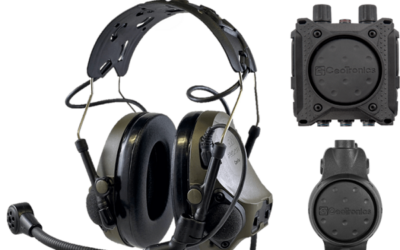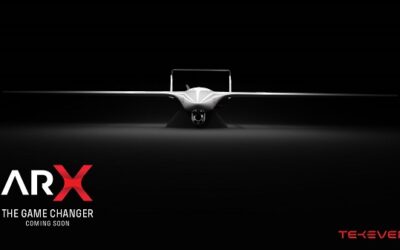Hydro Group Examines Situation, Evolution and Solutions
MON expresses its thanks to Hydro Group for the following assessment of one of the most underrated aspects of subsea warfare – the challenges posed by managing hull-penetrating connections. The assessment appears with the kind permission of Hydro Group and has been edited for length and to fall in line with Mönch’s established style.
Global investment in submarines continues to rise, fuelled by modernisation of fleets with diesel-electric, air-independent propulsion (AIP) (SSK) and nuclear (SSBN/SSN) boats. Despite differences in operational requirements, range and costs between platforms, the challenges of connection in modern submarine design are a levelling factor for all operators.
The increasing number of projects opens up opportunities for non-prime suppliers to provide engineered subsea connection solutions. These must take into account environmental conditions above the waterline – such as exposure to UV, extreme temperature cycles and icing – as well as the harsh subsea environment, requiring cables and connectors to withstand sustained hydrostatic pressure, continuous immersion and seawater corrosion for service lives of over three decades. These products are designed to deliver optimal performance regardless of the platform’s theatre of operation.
The Royal Navy’s ASTUTE-class SSNs use Thales Optronics’ CM010 – a non hull-penetrating optronic mast – and Thales Underwater Systems’ S2076 integrated passive/active sonar suite. Together, these systems help to give the boats exceptional operational performance, flexibility and capability – impossible to achieve without robust interconnect solutions, essential for integration of these systems into the submarine’s complex electronics suite.
With a labyrinthine network of sensors, systems and data interconnected on any submarine, correct selection of cable materials is essential for the required performance. Modern non hull-penetrating masts require high-quality electrical, optical and RF cables to transmit data to the command centre – cables which can withstand the dynamic, high-flex environment unique to mast operation.
Outboard cables, supporting all external functions of the submarine, require power, signal and fibre-optic connectivity in a configuration tailored to the demands of the system. This could be anything from an individual cable to a hybrid design, incorporating all three elements into a single cable sheath.
A particularly challenging issue in submarine construction is ensuring the safe passage of electrical, optical and RF cables from outside the pressure hull to the interior; a requirement made even more demanding by the imperative for zero leak paths to the interior in the event of failure, regardless of environmental conditions. Cables are routed into the submarine through a pressure hull gland (PHG) or an electrical hull penetrator (EHP) – also known as a submarine hull penetrator. Either of these devices creates an airtight seal, stopping water ingress while simultaneously routing cabling and/or other functionality into the hull.
PHGs can be customised, typically manufactured in normalised steel or nickel aluminium bronze. This technology, while tried and tested over decades of use on TRAFALGAR- and VANGUARD-class boats, is increasingly being challenged by EHPs. This new format – usually in the shape of a turret – functions like a multi-plug socket, allowing for mixed signal types, signal density and increased bandwidth by comparison with PHGs. It also enables new configurations to be connected/disconnected rapidly, without any need for onboard splicing.
Termination options for EHPs typically include external polyurethane hybrid cables, incorporating coaxial, optical and electrical cores. These products are often customised for the specific needs of a particular navy, to assure compliance with mission requirements.
Towed array sonar systems, essential in tracking underwater threats, are connected to a submarine by a series of cables and connectors. Polyethylene sheathing is used to protect cabling from the elements due to its exceptional moisture resistance and excellent insulation resistance. The towed array sonar can be reeled back to a cable handling system mounted under the boat’s casing, necessitating strong yet flexible cabling, capable of sustaining rapid deployment and retrieval under load.
Based on customer preferences and current market conditions, Hydro Group sees a significant increase in the submarine connectivity market sector. Growing demand from the Asia-Pacific region and emerging submarine operators is creating a wealth of opportunity for equipment suppliers, as noted in the recent report Global Submarine Market 2018-2023 by Dallas-based Orbis Research. SSKs in particular are being recognised by many navies for their cost-effectiveness, improved endurance and suitability for defending littoral waters.
Regardless of the physical platform, navies will seek to replace, upgrade and refine submarines to suit their operational requirements over the lifetime of the boat. Considerable subsea connectivity challenges will remain, as non-prime suppliers adapt to demands for increasing multi-port connectivity within confined spaces and harsh environments, while maintaining performance and reliability.
























